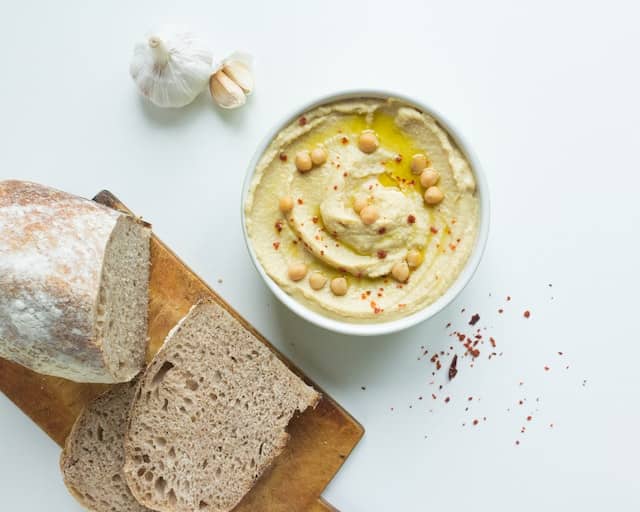Protein is essential for building and maintaining muscles, hair and nails. But what snacks are high in protein? Surprisingly, there are a lot of great snack options that are high in protein. In fact, right here in this article I will be discussing one of them. You might just find that your favorite snack is on the list. So, let’s begin our journey.
Top 8 Snacks That Are High In Protein
1. Greek Yogurt
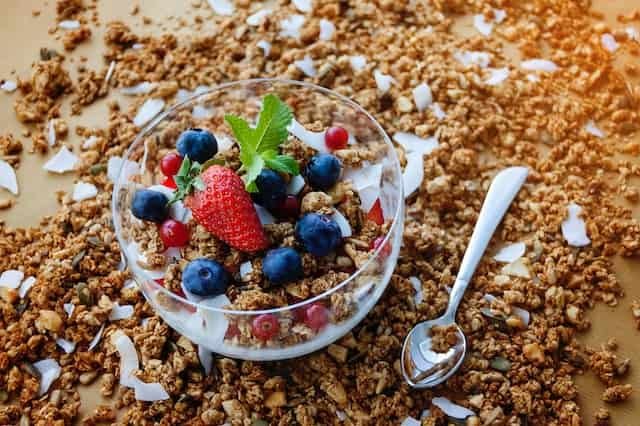
Greek yogurt is a great source of protein. It’s one of the most popular breakfast foods because it’s so filling, but it can also be eaten as a snack. Greek yogurt is higher in protein and lower in fat than regular yogurt.
A 6-ounce container of plain nonfat Greek yogurt contains about 14 grams of protein and 5 grams of fat. Plain nonfat Greek yogurt is also a good source of calcium, magnesium and potassium.Greek yogurt contains probiotics, which are bacteria that help to keep your digestive system healthy. Probiotics can also help prevent yeast infections, diarrhea and constipation.
2. Almonds

The best nuts for protein are almonds and cashews. Both of these nuts can be eaten raw, or you can roast them for a crunchy snack. They are also good in salads, on sandwiches or even in a smoothie!
Almonds are high in Vitamin E and magnesium, which are both important nutrients for your body. Cashews contain healthy fats that can help lower cholesterol levels, which is important for helping to prevent heart disease.
3. Nut Butters
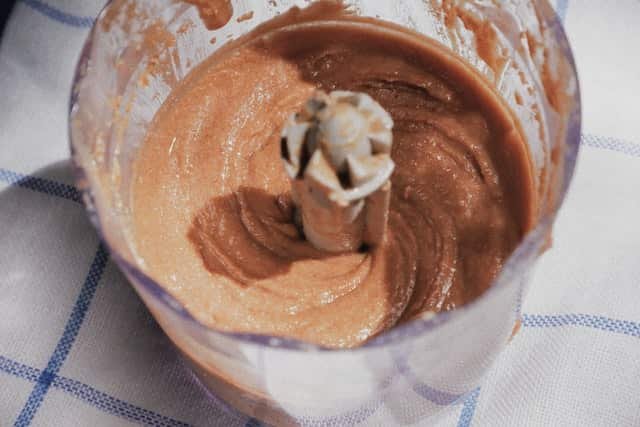
Nut butters are a good source of protein. They’re also packed with healthy fats and fiber, so they’ll fill you up and keep you satisfied for hours.
Peanut butter is a classic choice, but there are other nut butters you can enjoy, too. Almond butter has more calories per serving than peanut butter, but it’s also more nutritious (it contains more vitamins and minerals). Other types include cashew, macadamia and sunflower seed butters.
Here are some easy ways to incorporate nut butters into your diet:
- Spread it on toast or bagels instead of cream cheese or jelly.
- Use it to make oatmeal cookies and other baked treats that call for peanut butter.
- Add it to smoothies or homemade ice cream for extra protein and healthy fats.
4. Cheese
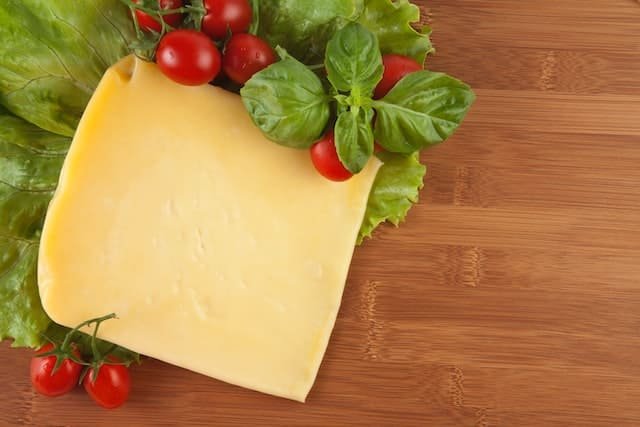
Cheese is a great snack food for those looking to increase their protein intake. A single ounce of cheese offers about 7 grams of protein, which is about the same amount you’d find in an egg or two tablespoons of peanut butter.
However, it’s important to note that different types of cheese have different amounts of protein. For example, while cheddar cheese has 7 grams per ounce, mozzarella cheese has only 5 grams per ounce.
The reason for this difference is because cheddar cheese has fatter than mozzarella cheese and thus contains more calories. There are also many different types of cheeses with varying amounts of fat and protein content, so if you’re looking for the highest-protein type of cheese, stick with cheddar or Swiss cheeses.
5. Cottage Cheese
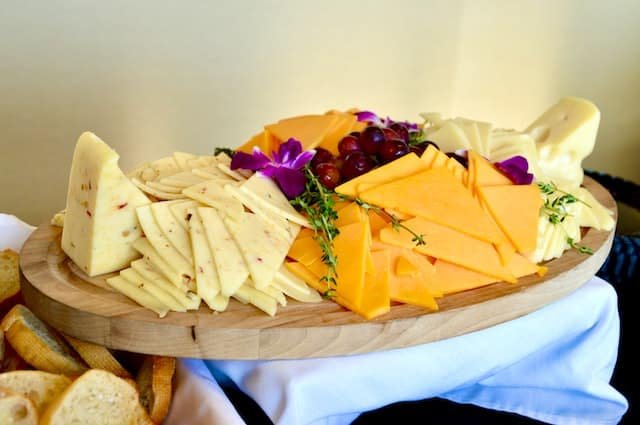
Cottage cheese is a rich source of protein. It is made from milk curds and has a mild, slightly sour or tart taste. It makes an excellent snack when combined with fruits and vegetables.
Cottage cheese contains about 12 grams of protein per cup. This type of cheese is also a good source of calcium, phosphorus and vitamin B12.Some people may be allergic to milk products and should avoid eating cottage cheese.
6. Milk and Protein Powder

Protein powder is a great way to get your daily protein in, but it can be expensive. If you’re on a budget, try mixing some protein powder into your favorite cereal or oatmeal. You can also use protein powder in smoothies or baked goods (like brownies) for added flavor and protein.
7. Eggs
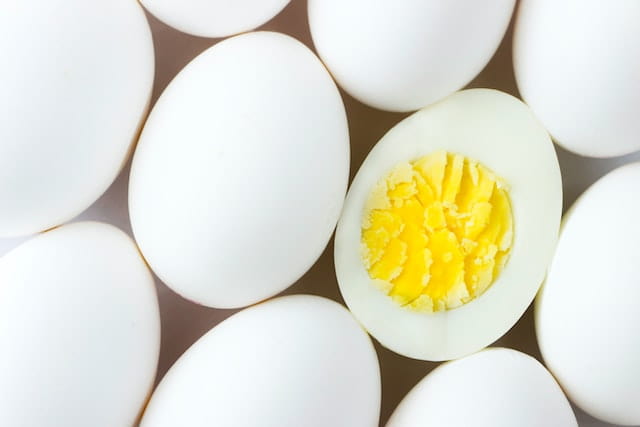
Eggs are one of the best sources of protein. You can eat them whole as an egg-white sandwich, hard-boiled with toast and jam, or scrambled with veggies and cheese. If you want to get creative with eggs, try making an omelet or frittata.
8. Seeds and Nuts
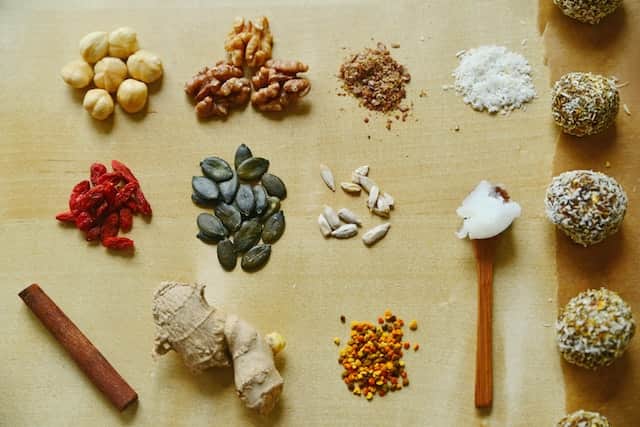
Seeds and nuts are healthy snacks that are naturally high in protein.
Seeds are tiny foods that have a hard coat and grow inside a pod, such as sunflower seeds, pumpkin seeds and sesame seeds. Nuts are chewy fruits that grow on trees, such as almonds, Brazil nuts, cashews and pine nuts.
Seeds and nuts can be used in many recipes for cooking or baking. Or you can eat them raw by themselves or with other foods like fruit to add crunch and flavor to your diet.
- Sunflower seeds contain 9 grams of protein per 1/2 cup serving (dry roasted). They also contain good amounts of iron, magnesium and vitamin B1.
- Almonds contain 8 grams of protein per 1/2 cup serving (dry roasted). They also contain good amounts of iron, magnesium and vitamin E (alpha-tocopherol).
- Pumpkin seeds contain 8 grams of protein per 1/2 cup serving (dry roasted). They also contain good amounts of iron, magnesium and zinc.
protein is important for muscle growth and can help you feel fuller longer
Protein is found in a variety of foods, including meat, fish, eggs and dairy products. But these foods are often high in saturated fats, which can increase your risk for heart disease. In addition, some people are lactose intolerant and may not be able to digest dairy products properly.
So how much protein do you need? The amount depends on your age, gender and activity level. The average person needs 0.8 grams of protein per kilogram of body weight each day (or 0.36 grams per pound). So, if you weigh 150 pounds (68 kilograms), you need about 50 grams of protein per day or more if you’re very active or pregnant.
Conclusion
When selecting the proper protein snacks, look for healthy snacks with high-quality protein. Protein aids in the building of muscle and helps to keep you feeling fuller longer. Protein can be found in nuts and nut butters, soy products, egg whites, meat, beans and lentils, and other foods.
